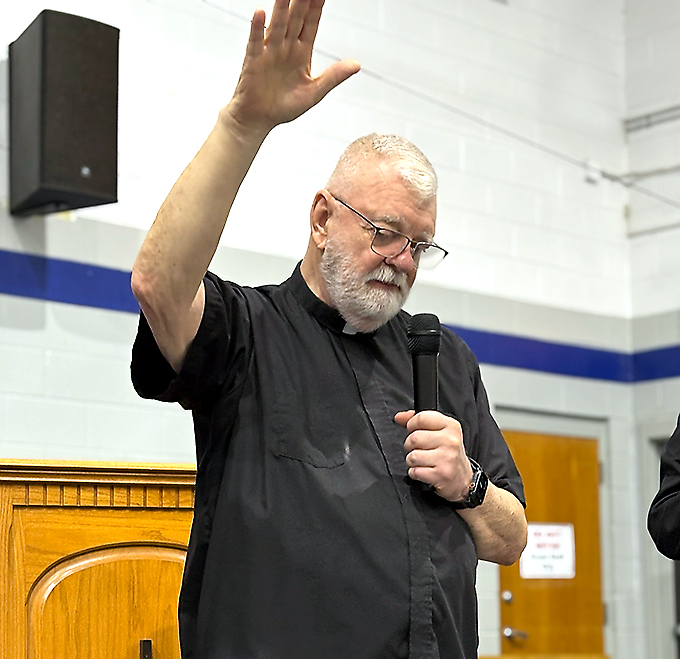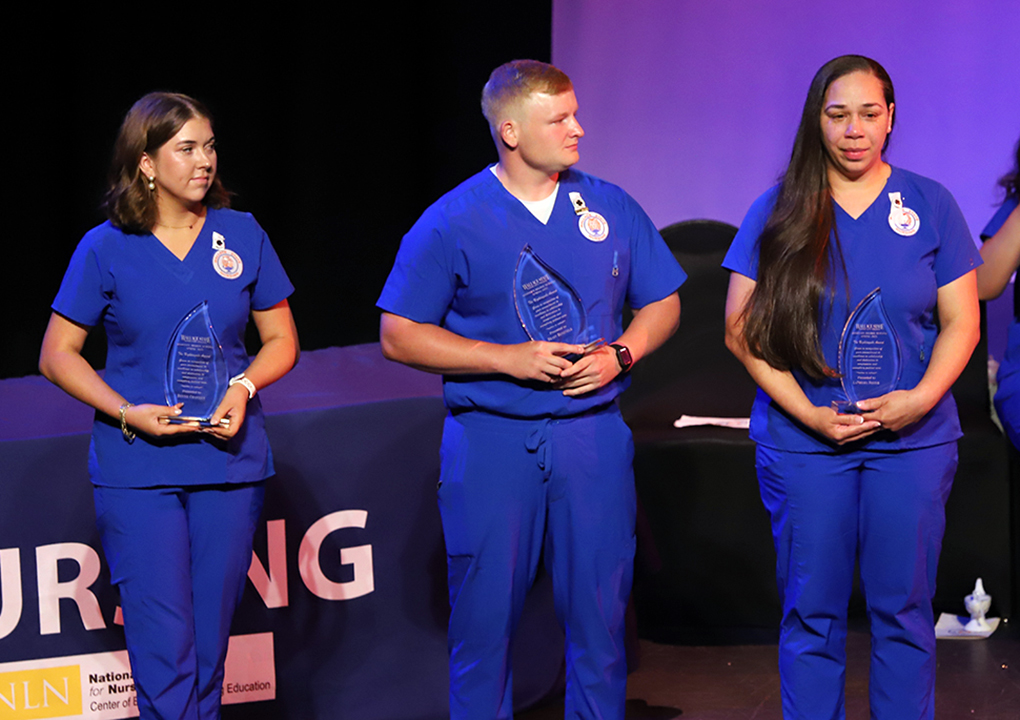Drugs driving up Medicare spending
Published 6:00 am Tuesday, November 15, 2016
A hepatitis C treatment and a form of insulin led Medicare drug spending, adding up to more than $11 billion in 2015, according to an update of a federal database that highlights the drugs the government spent the most money on overall and per person — and which ones had the biggest price increases.
Of particular concern is a rise in price of some generics, a class of drugs that are intended to decrease drug prices and spending. Drugs that were responsible for large amounts of overall spending tended to see smaller increases that gradually increased the government outlay. In one outlier, the price of the hepatitis C treatment Harvoni decreased slightly in 2015, even as it led overall spending.
In total, Medicare paid $137.4 billion on drugs covered by its prescription drug benefit in 2015, according to the data. About $8.7 billion of that spending occurred on drugs that had “large” price hikes, defined as a more than 25 percent increase between 2014 and 2015. In 2015, Medicaid paid $57.3 billion — about $5.1 billion of which was spent on drugs that had large price increases.
There’s one huge caveat to these numbers: They do not include the impact of rebates, which are prohibited by law from being released. Those discounts can be significant, and not knowing what they are means the numbers almost certainly overstate how much the government actually paid for these drugs. The Centers for Medicare and Medicaid Services disclosed that, on average, rebates for brand name drugs were 17.5 percent for medicines covered by Medicare’s “part D” prescription drug benefit in 2014. A separate study published in October by the QuintilesIMS Institute found that discounts across a dozen therapy classes are 35 percent.
Allyson Funk, a spokeswoman for the drug industry trade group, PhRMA, said that the drug spending database “paints a misleading picture.”
The database “focuses on a small subset of medicines and ignores the substantial market forces at work to hold down costs,” Funk said.
Despite the limitations of the data, they do provide red flags and instructive examples, showing how both incremental price increases and big price jumps fuel spending — on both brand-name drugs and older, generic drugs.
Companies increased the prices of drugs in both Medicare and Medicaid.
In Medicaid, Ativan, an anti-anxiety medication approved in 1977, increased by 1,264 percent in price between 2014 and 2015. Daraprim, a decades-old antiparasitic drug that helped spark political attention to the issue of high drug prices after former pharmaceutical executive Martin Shkreli hiked the price, leapt up in average cost by 874 percent. Medicaid spending on Daraprim jumped from $2.2 million in 2014 to $15.7 billion in 2015. In total, 20 drugs were flagged as having more than doubled in price in the Medicaid database — and nine of them were old, generic drugs.
The Medicare spending database highlights 11 drugs that doubled in price. Those drugs were led by Glumetza, a Type 2 diabetes drug which saw its price soar 380 percent and hydroxychloroquine sulfate, a generic malaria drug, which went up 370 percent.
These large price hikes didn’t tend to occur on the drugs government programs spent the most on overall, but they still increased how much the government spent.
Medicare spent only $31 million on the malaria drug in 2011, but last year spent nearly $319 million. Glumetza spending leapt up from $7 million to $153 million over the last five years — drive in large part by its soaring price last year, as you can see in the graph below.
The data also show how relatively modest price increases can drive spending, particularly on drugs that are widely used.
For example, Advair Diskus, an asthma medicine, ranked in the top-five of Medicare expenditures, with $2.3 billion in spending in 2015. According to the data, the utilization of the drug has actually declined a little over the last five years. Meanwhile, the total spending has not gone down, but instead ticked up. Fueled by relatively modest price increases, from $3.81 per unit in 2011 to $5.28 in 2015, the spending on the drug increased by more than half a billion dollars over that period.
Spending on Lantus, a form of insulin, nearly tripled over the last five years — to $4.4 billion in 2015. In this case, it was a combination of increased use of the drug and relatively modest annual increases in price.





